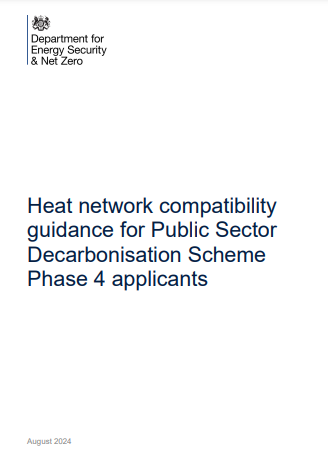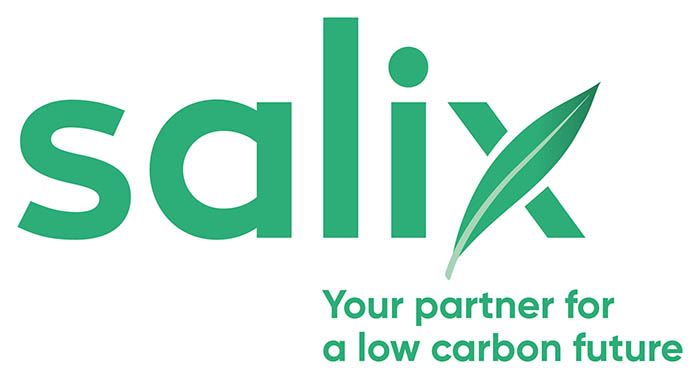This document provides guidance for Phase 4 Public Sector Decarbonisation Scheme (PSDS) applicants on the steps they should consider taking to ensure their buildings are heat-network compatible. The document has been created by the Department for Energy Security and Net Zero.
This document provides guidance for Phase 4 Public Sector Decarbonisation Scheme (PSDS) applicants on the steps they should consider taking to ensure their buildings are heat-network compatible. The document has been created by the Department for Energy Security and Net Zero.
This PSDS grant funding was launched on 23 September 2024. The portal opened for applications in mid-October and closed on 25 November 2024. Applications will be assessed once the application portal closes, and all successful applications will be awarded funding by approximately the end of May 2025. Projects must be delivered by 31 March 2028.
 Introduction
Introduction
Applicants to Phase 4 of the Public Sector Decarbonisation Scheme are encouraged to consider whether they can connect to a heat network, either now or in the future. Where a heat network connection is not currently possible, but are likely to be developed, applicants are encouraged to make their project heat-network compatible to facilitate and reduce costs of a future connection.
Background
Heat networks distribute heat or cooling from a central source or sources, and deliver it to a variety of different customers such as public buildings, shops, offices, hospitals, universities, and homes. In high density urban areas, they are often the lowest cost, low-carbon heating option. By supplying multiple buildings, they avoid the need for individual boilers or electric heaters in every building. Heat networks are also uniquely able to use local sources of low-carbon heat that would otherwise not be utilised, for example from industrial processes, data centres, or even from rivers.
Heat networks will play a crucial role in decarbonising heat in buildings. Our analysis shows that heat networks could provide about 20% of total heat by 2050. They currently provide about 3%.
End of Preview

